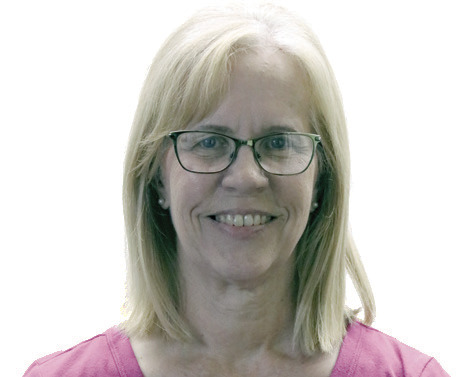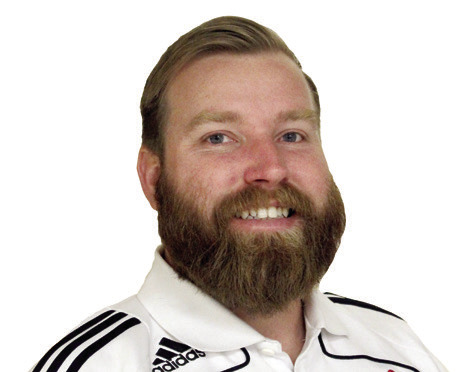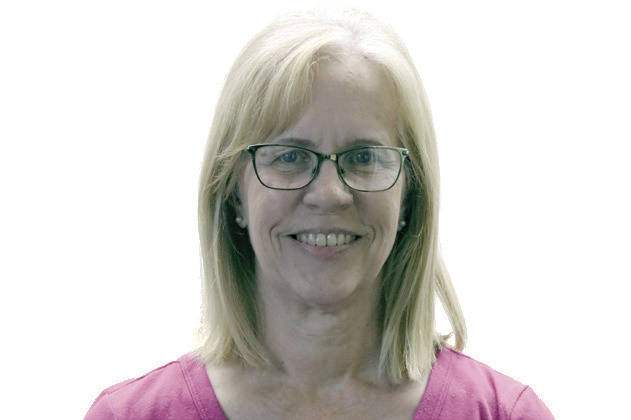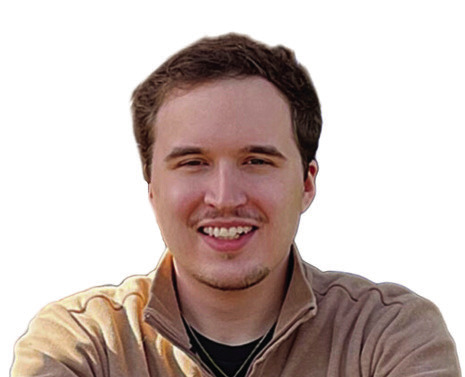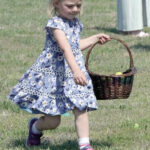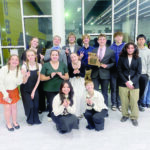A couple of weeks ago, I had a conversation with a member of the Quapaw Nation who gave me a glimpse into a culture I’ve never researched in depth.
For me, Native American history has been just that, history: something that evolved so long ago that it couldn’t possibly be impacting U.S. residents today. I learned that I’ve been wrong. Heartbreakingly so.
The young Quapaw woman, who is unquestionably proud of her Native heritage, explained her Native lineage and some of the customs of her tribe to me. However, I was taken by surprise when she told me that not everyone is proud of being Native. Many older residents, she told me, try to erase their native identity to avoid discrimination and to blend in with the culture around them.
I cried. I couldn’t help it.
I’ve lived almost 65 years, and have never considered the implications of why a person would want to hide their Native identity.
The reasons, I’ve since discovered, are numerous, and I suspect I’m just scratching the surface.
For a story in this week’s paper, I had the privilege of visiting with Margie Sterling, a longtime rural Purdy resident. Like me, Margie is learning the culture of Native Americans, but from a far different perspective: she’s Native herself, a registered member of the Navajo Nation, who was adopted by white parents when she was 4 years old.
Some might say her Native identity and culture were stolen from her.
Margie, as history has revealed, was one of the first Native children to be adopted by a white family as part of the U.S. federal government’s Indian Adoption Project, a program that operated for 15 years or so, then was discontinued due to the outcry of Native American tribal activists.
Professional long-distance bicycle racer Alexandera Houchin is a member of the Ojibwe Nation. Her mother, she said, in a video titled “Stronger Together” (part of an Identity and Endurance video series by Houchin) was adopted by white parents during the years of the government’s adoption project.
Houchin believes that her mother’s identity was stolen from her.
“She really struggled,” Houchin said.
Some natives never fully assimilate into white culture, but neither can they fit back into the tribal cultures they were taken from, said Houchin.
She encourages Native American tribes to welcome back with open arms the adults who were adopted into white families as children, if they choose to seek out their tribal heritage. (https://www.youtube. com/watch?v=x- KqY_GU7M0E) While Margie Sterling doesn’t anticipate moving to Navajoland, the name of the Navajo reservation that covers portions of New Mexico, Utah and Arizona, she said she could if she wanted to. As half-Navajo, she inherited that birthright, as did her children, who are one quarter Navajo.
Listening to Margie’s story, along with my subsequent research, prompted me to dig into my own family history. My grandmother and her father both had the appearance of being of Native American descent, although none of my family has ever heard of such a connection. By hindsight, I wonder if shame may have been behind it, the shame mentioned by the young Quapaw woman.
Turns out, the clues to a Native American connection in my family are abundant. The backward ancestral trail of my Great-grandpa Smith ends in Wood County, Ohio, where his own Grandfather Smith was born in 1837. Smith, it is said, was a common Anglo name assigned to Natives, and Ohio, I’ve learned, was the U.S. government’s “Indian Territory” before Woodland Natives were pushed into modern-day Kansas and Oklahoma.
Those who didn’t want to be part of reservations could forge westward on their own, but their names would not be included on tribal rolls, perhaps the reason my family’s Smith name ends in Wood County, Ohio, and why their deaths are recorded in central Iowa.
Speculation, maybe, but it’s truth I’m now convinced of.
During my Great-grandfather’s era and his father’s before him, numerous Indian Boarding Schools, funded by the federal government and where attendance was mandatory, taught Natives to be ashamed of their tribal affiliations.
I suspect my Great-grandpa had a secret.
As for me, I’m heading to the Meskwaki powwow in Central Iowa in August.
Sheila Harris is a longtime Barry County resident and a sales executive and investigative reporter for the Cassville Democrat with a particular interest in environmental topics. She may be reached at sheilaharrisads@gmail.com.

